May 20, 2025 | 02:31 GMT +7
May 20, 2025 | 02:31 GMT +7
Hotline: 0913.378.918
May 20, 2025 | 02:31 GMT +7
Hotline: 0913.378.918
The Editorial Board Remarks: In observance of Vietnam Forestry Day (November 28) and the 78th anniversary of the establishment of the Forestry Industry (December 1, 1945–December 1, 2023), Vietnam Agriculture Newspaper is pleased to publish an article authored by Deputy Minister of Agriculture and Rural Development Dr. Nguyen Quoc Tri, which provides insights into the accomplishments and future prospects of the forestry sector.
The national forest area is 14.79 million hectares, and the current forestry coverage rate is 42.02%. As per a report on global resources assessment by the Food and Agriculture Organization of the United Nations, despite a significant decline in global forest area and limited afforestation, Vietnam continues to rank among the top ten countries worldwide in terms of forest area expansion rate, owing to its substantial afforestation area.

Dr. Nguyen Quoc Tri, Deputy Minister of Agriculture and Rural Development.
The Forestry has executed various programs and projects with shared objectives, such as advancing the ecological system's protective role, mitigating the effects of natural disasters, responding to climate change, preserving biodiversity, contributing to economic and social development, and strengthening national defense and security. Furthermore, the subsector has demonstrated proactive behavior by participating in and executing global pledges to address climate change. For instance, until 2030, it continues to support the National Program on Greenhouse Gas Emission Reduction via the Prevention of Deforestation and Forest Degradation, conservation efforts, carbon stock enhancement, and sustainable forest resource management.
Over the past three years, the forestry sector has experienced an average annual growth rate of added value exceeding 5.0%. Specifically, the sector achieved a growth rate of 3.88% in 2021, 6.13% in 2022, and 3.13% in the initial nine months of 2023, with an estimated full-year figure of around 5.0% in 2023.
With a high trade surplus ratio, the export of non-wood forest products, including timber products, is a rapidly expanding industry. Vietnam has achieved the fifth position on the global ranking, the second position in Asia, and the first position in Southeast Asia with regard to the exportation of forest products. At the moment, wood products originating from Vietnam are distributed in over 140 countries and territories. Presently, more than 70% of the demand for timber processing industry products and forest product exports is fulfilled by domestic raw material sources.
- The value of timber and forest product exports increased to USD 15.96 billion in 2021, generating a trade surplus of USD 13.03 billion. Its trade surplus amounted to USD 14.07 billion in 2022, reaching USD 17.09 billion.
- The value of timber and forest product exports peaked at approximately USD 12.97 billion in the initial eleven months of 2023, generating a trade surplus of USD 10.98 billion.
Forest environmental services contribute significantly to the development of the forestry sector and the nation as a whole, thereby playing a vital role in economic progress. The nation derived more than VND 3.7 trillion from these services in 2022, with nearly VND 3.1 trillion coming in during the initial eleven months of the year.
Carbon allowances entail: The World Bank and Vietnam (Ministry of Agriculture and Rural Development) have entered into an Emission Reduction Purchase Agreement (ERPA) for the North Central region, which is valid from 2018 to 2024. Vietnam transfers to the World Bank 10.3 million kilograms of CO2 valued at a total of USD 51.5 million, which is equivalent to VND 1,200 billion, in accordance with the ERPA.
For the period 2022-2026, the Letter of Intent on emission reduction trading between the Organization for Forest Financing (Emergent) and the Ministry of Agriculture and Rural Development of Vietnam (Ministry of Agriculture and Rural Development) stipulates the transfer of 5.15 million tons of CO2 to Emergent via the Forest Financial Enhancement Alliance (LEAF) at a minimum price of USD 10 per ton (equivalent to USD 51.5 million).
The exchange and transmission of forest carbon credits will generate supplementary financial capital that can be reinvested in forested areas. This will lead to the generation of employment prospects, augmented income, and improved livelihoods for forest proprietors and rural inhabitants, all the while safeguarding biodiversity and the environment.
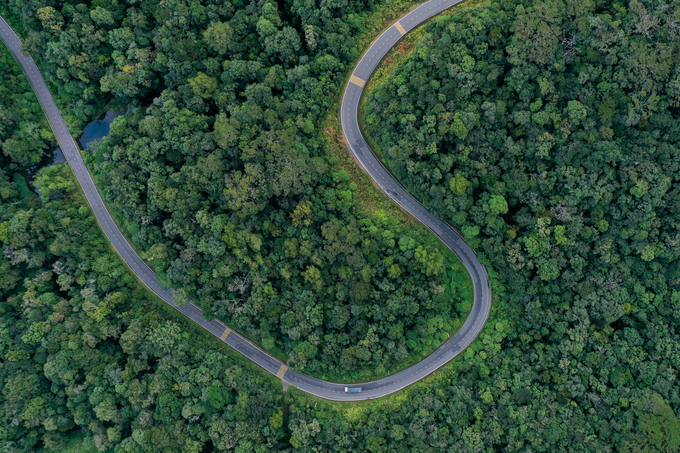
Vietnam is one of the top 10 countries globally with the highest increase in forest area and boasts the largest planted forest area in the world. Photo: Tung Dinh.
As of the present moment, an approximate 25 million individuals reside in close proximity to forests, of which more than 12 million are members of ethnic minority communities. These individuals partake in daily activities that yield direct or indirect advantages for the forest. Ongoing operations in industrial zones engage in the refining of forest products, while traditional craft villages rely on forest resources for the manufacturing of timber. These results demonstrate that in addition to contributing to GDP or GVA, the forestry industry is an indispensable provider of commodities for the growth of other economic sectors.
The forestry sector will prioritize the efficient execution of the objectives and resolutions specified in the Vietnam Forestry Development Strategy for the 2021-2030 period, with an eye toward 2050; the Sustainable Forestry Development Program for 2021-2025; and other significant initiatives and programs designed to transform the forestry sector into a distinct technical and economic industry in the coming years. This entails the establishment, management, protection, development, and sustainable utilization of land and forests designated for forestry objectives, the promotion of the sustainable development of the forestry sector, the maximization of social resource mobilization, the application of cutting-edge science and technology, and the assurance of broad and equal participation of economic entities and social organizations in forestry activities.
In addition, the forestry industry endeavors to make a growing contribution to the process of socioeconomic development, safeguard ecological integrity, ensure water source security, mitigate disasters, proactively and efficiently address climate change, preserve natural resources and biodiversity, supply a wide range of ecosystem services, and substantially assist in the alleviation of poverty and improvement of livelihoods for rural mountain dwellers and ethnic minorities. It is dedicated to ensuring the security and defense of the nation and to the effective realization of national sustainable development objectives.
Translated by Linh Linh
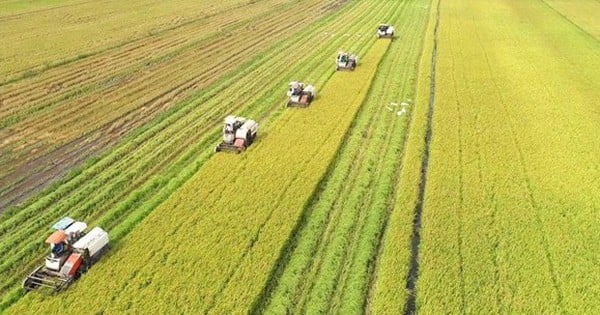
(VAN) This was the assessment shared by experts at the workshop titled 'Assessing the Role and Potential of Low-Emission Rice Production Systems in Vietnam,' held on the morning of May 19.

(VAN) Cai Rong Port is the fisheries control center of Quang Ninh, helping to monitor fishing vessels, combat IUU fishing, and remove the EC's 'yellow card'.
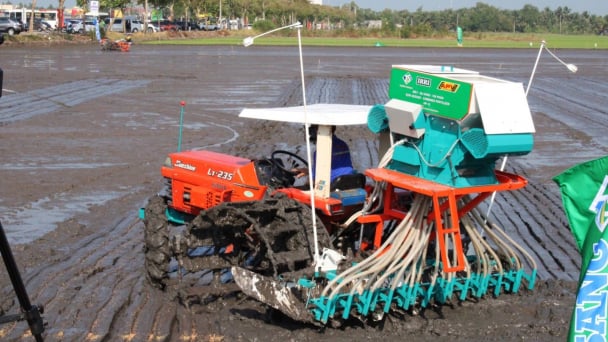
(VAN) The German Agricultural Society (DLG) explores the possibility of establishing a mechanization service center in Vietnam’s Mekong Delta to support farmers in accessing and utilizing advanced machinery.
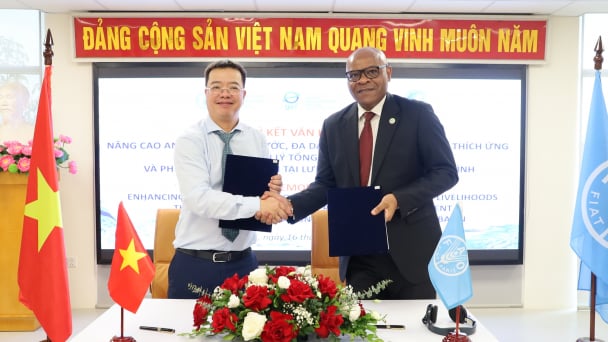
(VAN) On May 16, the Department of Water Resources Management, in collaboration with the Food and Agriculture Organization of the United Nations (FAO), held a signing ceremony for the GEF-8 project document.

(VAN) Food safety, mechanization, vocational training, and market opening are key areas of cooperation expected between the Vietnamese Government and the Federal Republic of Germany.
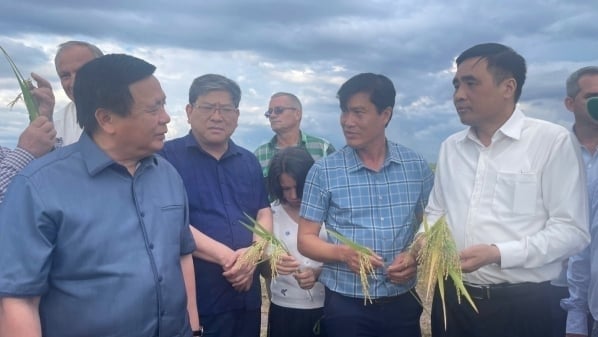
(VAN) Deputy Minister Nguyen Quoc Tri also expressed his hope that Cuba will soon overcome its current challenges, attain food security, and further expand cooperation with Vietnam.

(VAN) The project contributes to enhancing the resilience of communities vulnerable to the impacts of climate change, with a primary focus on local women.